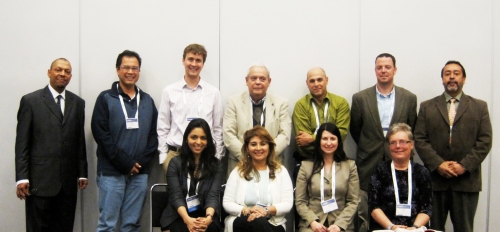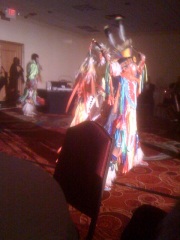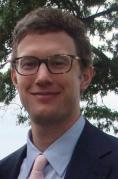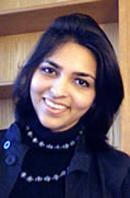Join Second Nature and the EPA Green Power Partnership for "The State of Renewables in Higher Education"
The State of Renewables in Higher Education
This webcast was broadcast on November 29th 2012, 2:00-3:00pm EST
Supporting Documents
- State of Renewables in Higher Education – Overview Briefing – 2012
- Presentation Powerpoint slides - PPT Slides
Second Nature and the U.S. EPA’s Green Power Partnership are collaborating to identify the barriers to expanding renewable energy use among colleges and universities, identify solutions, provide education and training on green power procurement strategies and explore the possibilities of joint purchasing opportunities.
To kick-off this partnership, Second Nature and EPA invite you to participate in an interactive event to learn more about trends and possibilities in colleges and universities incorporation of green power onto their campuses, and in their climate reduction goals.
The live event will stream on this page. Please bookmark this link and register to participate in the event.
- Read more about Join Second Nature and the EPA Green Power Partnership for "The State of Renewables in Higher Education"







 Second Nature’s
Second Nature’s 

 The April issue of the
The April issue of the 
 Earlier this month, I traveled to Nashville, TN, where I attended the
Earlier this month, I traveled to Nashville, TN, where I attended the 
